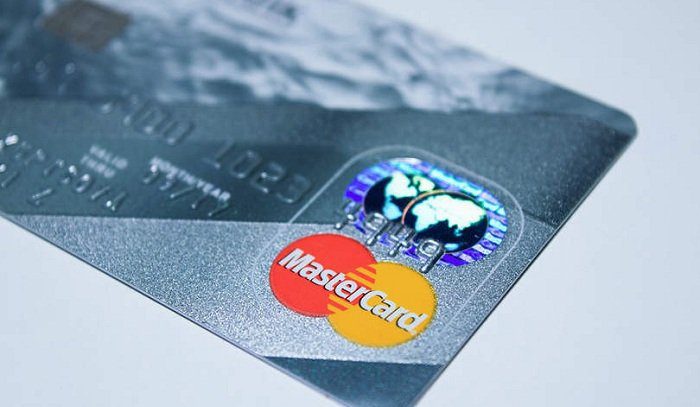The great digital shift is transforming credit cards into money management tools. In an interview with Karen Webster, Jess Turner, EVP of products and innovation for Mastercard, said the continued expansion of its Digital-First Card Program in North America helps to move the digital card beyond a mere payment instrument to a means of keeping track of what’s being spent and where, along with alerts and online access to card benefits.
“Consumers want cards, and they want them quickly, and they want those cards [delivered] in a digital way,” said Turner.
To get there, she explained, the consumer experience has to be consistent across the cardholder lifecycle, from onboarding to transaction data all the way through to the way balances and financial details are transmitted back to users. Streamlining all of that data collection and transmission – and how it is presented to users – requires standards, said Turner.
The company said that through the expansion of its Digital-First Card Program, which was announced last Wednesday (Sept. 23), it is offering foundational digital guidelines to help several partners – including payment processors FIS, CoreCard, i2c, TSYS (owned by Global Payments) and others – to access card data in a speedy, secure manner. Those processors will in turn work with issuing banks to offer near-instant issuance of cards.
The end result: Cardholders gain the ability to make online and in-app purchases – and at the point of sale, through digital wallets – almost immediately after issuer approval.
Through the expanded program, cardholders will also be able to manage their accounts, review their transaction history, check their balances and complete other activities – all in a digital environment.
At a high level, said Turner, the Digital-First Card Program – and its new framework and guidelines – is about recognizing that cardholders want to apply for, receive and manage banking products and services digitally. The digital-first financial experience fits within a lifestyle (particularly among younger consumers) that does almost everything online, from shopping to scheduling doctors’ appointments.
Issuers should be able to deliver those offerings in the lowest-friction manner possible, according to Turner.
Many of the partner processors working with Mastercard are also working to enable card products for FinTechs. Mastercard recently announced a partnership with Samsung and SoFi to launch Samsung Money by SoFi for mobile money management.
Separately, Mastercard said, FinTech players Pay with Privacy and Neo Financial will launch digital-first card programs in the next several months.
Money management, said Turner, is part of “an end-to-end” financial experience that leverages other Mastercard assets, such as Ethoca, for dispute resolution.
The partnerships with FinTechs, she said, allows the flexibility to create “customized” solutions for different end users’ money management desires. The digital-first push allows cardholders to manage their payment credentials and also gives them access to transaction history and balance information, as well as the ability to set alerts.
The issuing banks, then, are able to position credentials differently depending on how cardholders want to use them. Call it a move to issue transacting credentials, going well beyond static card credentials.
Omnichannel – and Even Plastic, Too
The digital-first expansion also includes the option for physical cards to be issued, if the holders want them. Said Turner: “The physical card is still meaningful, and it’s still needed.”
She noted that in certain use cases, consumers may feel more comfortable wielding plastic cards to pay – such as during the daily commute by subway (whenever that may become part of daily life again) or where, perhaps, merchants may not be equipped to accept digital payments.
It will be a long time before we eliminate plastic, predicted Turner, adding that we’ll likely see cash disappear faster than tangible cards.
As she said of the digital and plastic continuum: For the issuers and merchants, an omnichannel experience does not have to come on all at once or be at the top of the list – it can come off the shelves (through linking with the Digital-First Card Program) and it can scale over time.
Regardless of whether they wield plastic or digital wallets to transact, Turner maintained that it’s critical to ensure data privacy and protection. That’s especially true for cardholders who are embracing increasingly digital lifestyles, or indeed may be wholly new to online commerce.
“People expect a pure experience with limited friction that protects their data,” she told Webster. As part of the Digital-First Card Program, the digital cards offer other layers of security through tokenization, which replaces sensitive data with unique identifiers. The plastic cards, she noted, do not display the six-digit PAN, CVC2 or expiration dates (which boosts security, too).
Moving to the digital banking experience is intuitive and inexorable, as 2020’s great digital shift takes root and 2021 lies just on the horizon – and even beyond the pandemic, those behaviors will stick, said Turner. “Consumers are more digital-first than they’ve ever been,” she told Webster.



















